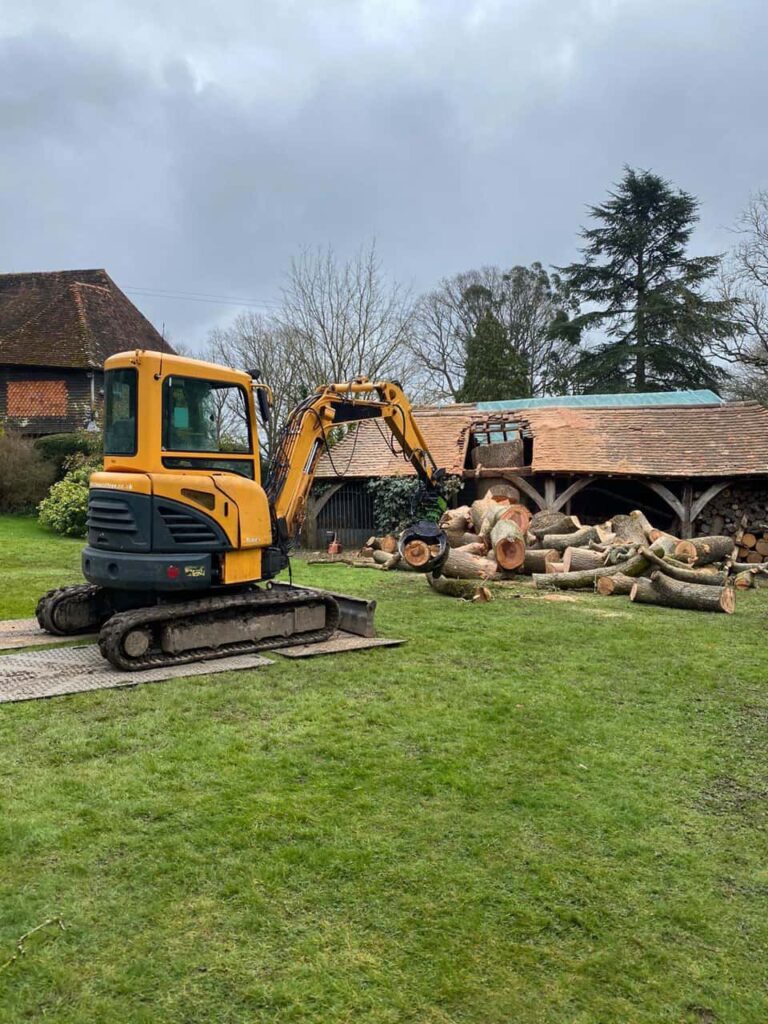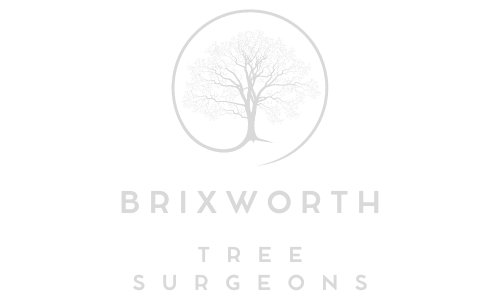Pruning for Safety: Removing Hazardous Branches Correctly
Trees add beauty, shade, and structure to any property, but when branches become weak, damaged, or overgrown, they can pose serious risks. Effective pruning isn’t simply about improving appearance — it’s about maintaining safety and health. At Brixworth Tree Surgeons, we understand how crucial proper pruning is in preventing accidents and keeping your trees in excellent condition across Brixworth, Northamptonshire.
Why Pruning for Safety Matters
Healthy trees are strong, but even the healthiest specimens can become dangerous if not properly maintained. Branches that hang too close to roofs, roads, or footpaths can fall during storms or high winds, causing damage or injury. Regular safety pruning helps to:
- Eliminate weak or dead wood that may fall unexpectedly
- Reduce the risk of property damage from falling limbs
- Maintain structural balance to prevent trees from becoming top-heavy
- Encourage healthy growth, improving the long-term stability of the tree
By removing potentially hazardous branches before they become a problem, homeowners can ensure their trees remain both attractive and safe.
Identifying Hazardous Branches
Knowing which branches to remove requires experience and precision. At Brixworth Tree Surgeons, we look for specific signs that indicate a branch could be dangerous:
- Cracks or splits in the wood
- Dead or brittle limbs
- Branches crossing or rubbing together
- Excessively heavy limbs extending over structures or driveways
- Fungal growth or decay at the branch base
Each of these symptoms can weaken a branch’s connection to the main trunk, making it more likely to fail under stress.
How Proper Pruning Is Carried Out
Assessing the Tree
Every pruning job begins with a detailed assessment. Our experts at Brixworth Tree Surgeons consider the species, age, health, and location of the tree before deciding how much to prune. Over-pruning can weaken a tree, while under-pruning may fail to remove the hazard effectively.
Choosing the Right Technique
Different trees and problems require different techniques:
- Crown thinning: Selectively removes smaller branches to improve air flow and reduce weight without affecting the tree’s overall shape.
- Crown reduction: Shortens branches to decrease overall height or spread, reducing wind resistance.
- Deadwood removal: Targets only dead or decaying branches, improving both safety and appearance.
The goal is to preserve as much healthy growth as possible while ensuring that no part of the tree poses a threat.
Making Clean, Correct Cuts
Incorrect cuts can leave wounds that invite disease or cause regrowth problems. Professional tree surgeons make precise cuts just outside the branch collar — the natural swelling where the branch meets the trunk — to promote proper healing and prevent decay.
Common Mistakes in DIY Pruning
While pruning may seem straightforward, it can easily go wrong without the right knowledge and tools. Homeowners attempting DIY pruning often:
- Cut branches too close to the trunk, damaging the protective tissue
- Remove too much foliage, weakening the tree’s energy supply
- Leave stubs that decay and attract pests
- Work without proper safety precautions when using ladders or saws
These mistakes can cause more harm than good, leading to long-term tree damage or potential injury. Hiring professionals like Brixworth Tree Surgeons ensures that every branch is handled safely and correctly.
The Benefits of Professional Tree Pruning
Engaging skilled arborists provides both immediate and long-term benefits:
- Improved safety: Reduces the risk of falling branches during storms
- Healthier growth: Encourages balanced development and stronger limbs
- Better appearance: Enhances the overall look and structure of your landscape
- Longevity: Helps trees resist disease and stress more effectively
In areas such as Brixworth, Northamptonshire, where changing weather conditions can be unpredictable, professional pruning can make all the difference between a thriving, safe tree and one that poses ongoing risk.
Seasonal Timing for Safety Pruning
Although pruning can be carried out year-round for urgent safety issues, the best time often depends on the type of tree. Deciduous trees are typically pruned during their dormant season (late autumn to winter), while evergreens can be maintained during early spring or late summer. Timing the work correctly ensures minimal stress and faster recovery.
Conclusion
Pruning for safety is about more than appearance — it’s a vital part of responsible tree care. By identifying and removing hazardous branches correctly, you protect both your property and those around it while encouraging stronger, healthier growth.
For reliable, professional tree pruning and maintenance in Brixworth, Northamptonshire, Brixworth Tree Surgeons provides expert care that prioritises safety, precision, and long-term results. Regular maintenance today can prevent costly damage tomorrow — ensuring your trees remain safe, beautiful, and resilient for years to come.
Call us on: 01604 279 593
Click here to find out more about Brixworth Tree Surgeons
Click here to complete our contact form and see how we can help with your tree needs.

